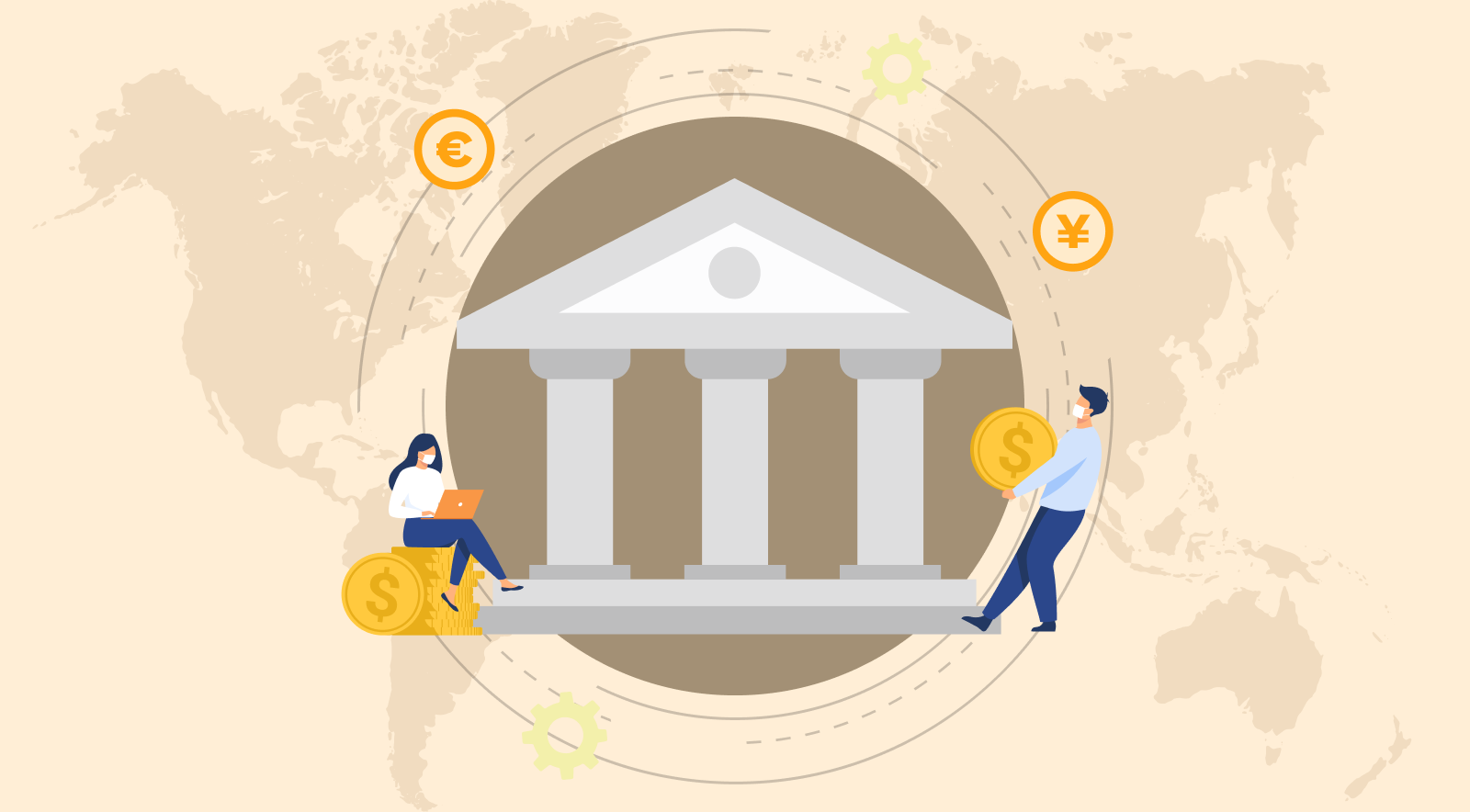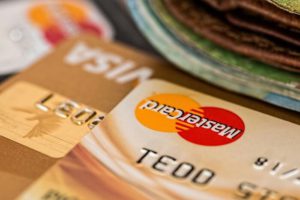Opening an account can be a valuable step for those who frequently travel, do business internationally, or are planning to relocate.
The first step in opening an overseas bank account is to determine which country you want to open the account in. This decision should be based on factors such as your business or personal needs, the country’s political and economic stability, and the level of banking services offered. Once you have decided on a country, try to research the different banks and compare the fees, services, and regulations associated with each one. Some banks may have stricter requirements than others, such as minimum deposit amounts or proof of income, so find one that fits your needs. When opening an overseas bank account, you will typically need to provide personal identification such as a passport, proof of residence, and proof of income. Some banks may also require additional documentation such as a business plan or a letter of introduction from your current bank.
Be aware of the currency and transfer fees associated with your overseas bank account. These fees can vary widely between banks and countries, and it’s essential to understand how they work and how they will affect your finances. Some banks may also charge fees for ATM withdrawals or foreign transactions, so search these fees and factor them into your decision. Another crucial consideration when setting up an account is the level of security and fraud protection offered. It’s essential to ensure that your account is protected by the latest security features and that the bank has a good reputation for protecting its customers from fraud. When registering a foreign account, you should also be aware of the tax implications and regulations that may apply. Different countries have different tax laws and regulations, and you should understand how these will affect your finances. It’s also important to know of any potential legal or financial risks associated with opening an overseas bank account. Here’re some steps of opening an account:
- Determine which country you want to open the account in based on your business or personal needs, the country’s political and economic stability, and the level of banking services offered. Compare the fees, services, and regulations associated with different banks in the country you have chosen. Look for banks that meet your needs and have a good reputation.
- Personal identification such as a passport, proof of residence, and proof of income will typically be required. Additional documentation such as a business plan or a letter of introduction from your current bank may also be required. Submit your application and required documentation to the bank. You may be required to make an initial deposit or provide additional information.
- Then you will need to activate your account. This may involve making an initial deposit, providing additional documentation, or completing other requirements set by the bank. Once your account is active, you will be able to set up online banking and access your account from anywhere.





Be First to Comment